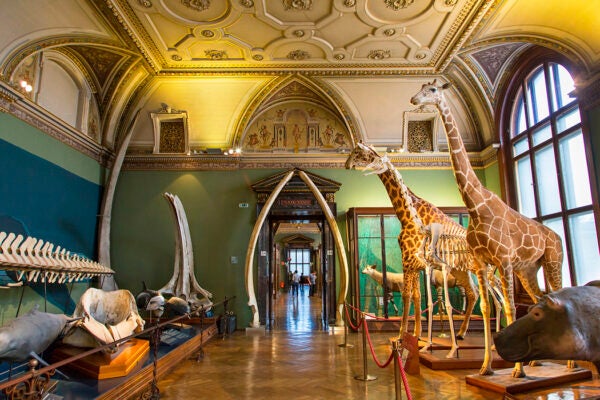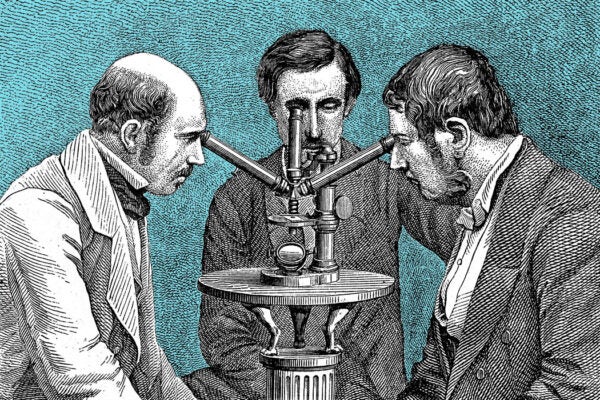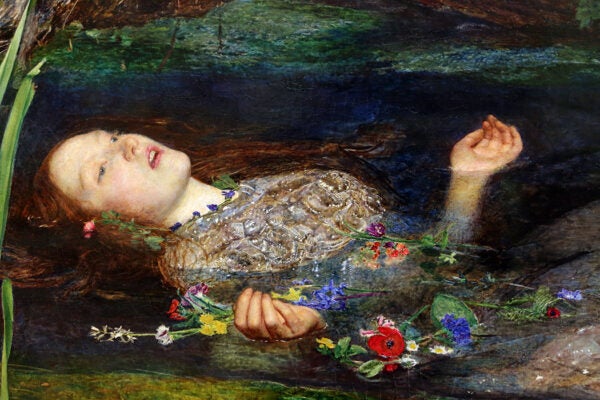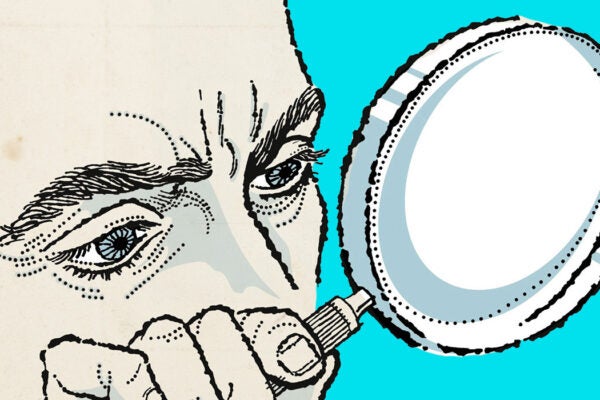Tyler S. Sprague on the Intersection of Structure and Design
An interview with Tyler S. Sprague, a historian of the built environment whose work depends on multidisciplinarity and a deep knowledge of structure and materials.
Transatlantic Studies: A Reading List
Using the Atlantic Ocean as a guiding metaphor, transatlanticism emphasizes the fluid nature of contrived national boundaries and identities.
This One Number on a Form Can Reduce Gender Inequality
Reducing the gap between quantitative evaluation scores for male and female instructors may be as simple as changing a single number.
Natural History: A Reading List
This annotated bibliography samples scholarship on the rich—and difficult—history of natural history.
The Age of Wonder Meets the Age of Information
What can past eras of information overload teach students about critically consuming content in the present?
A Religious Studies Roundup
Stories from JSTOR Daily about religious traditions around the world and how they’ve shaped our politics, pleasures, and self-perceptions.
The Ins and Outs of Architecture
Use this wide-ranging collection of stories about architecture, landscape, and design to fuel your imagination and your research interests.
JSTOR Daily’s Archives of Art History
Our editors have rounded up a collection of stories about art, artists, museums, and the way (and why) we study them.
9 Ways to Create an “Intellectually Humble” Classroom
A university faculty member offers practical pedagogical steps to incorporate in the classroom to foster an intellectually humble environment.
From Gamification to Game-Based Learning
Use the JSTOR Daily Sleuth game to highlight the dangers of AI within academic research.









